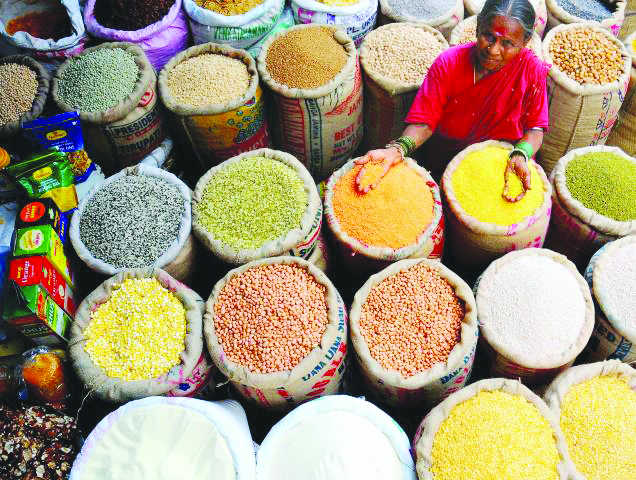Minna Zutshi
Tribune News Service
Ludhiana, June 23
Food adulteration can pose a serious risk to public health. Getting food tested in laboratories may not be feasible every time as it entails investment of time, effort and money. The good news is that in many cases sensory evaluation quick tests can help in determining whether or not the food product is adulterated.
The Food Safety and Standards Authority of India (FSSAI) has given some simple tests to detect adulteration in food.
Chilli powder is usually adulterated with brick powder, salt powder and talcum powder. In this case, the genuineness can be ascertained by taking a teaspoon of chilli powder in a glass of water and examining the residue. On rubbing the residue, if any grittiness is felt, it indicates the presence of brick powder or sand or both. If there is any white residue with a soapy and smooth feel, it suggests the presence of soap stone.
Sugar is another frequently adulterated foodstuff. Richa Batra, a city-based homemaker, says that she bought sugar that did not taste quite right. It seemed adulterated. The FSSAI suggests that to test sugar, rub a little of it on palm and smell. If adulterated with urea, it will smell of ammonia. Or you can dissolve a small amount of sugar in water. If adulterated with urea, sugar gives a smell of ammonia.
Most of the times, the public remains unsuspecting of adulteration in atta (wheat flour). Yet it is very often adulterated. The normal taste of chapati prepared out of atta is somewhat sweetish whereas those prepared out of adulterated atta will be insipid and tasteless.
Among the spices and condiments, turmeric powder (haldi) often suffers the onslaught of adulteration. To detect artificial colour in turmeric powder, add a little of this powder in a glass of water. Natural turmeric powder leaves light yellow colour while settling down. Adulterated turmeric powder leaves a strong yellow colour in water while settling down.
Sample this
- Most of the times the public remains unsuspecting of adulteration in atta (wheat flour). Yet it is very often adulterated. The normal taste of chapati prepared out of atta is somewhat sweetish whereas those prepared out of adulterated atta will be insipid and tasteless.
- The Food Safety and Standards Authority of India suggests that to test sugar, rub a little of it on palm and smell. If adulterated with urea, it will smell of ammonia.
Unlock Exclusive Insights with The Tribune Premium
Take your experience further with Premium access.
Thought-provoking Opinions, Expert Analysis, In-depth Insights and other Member Only Benefits
Already a Member? Sign In Now










